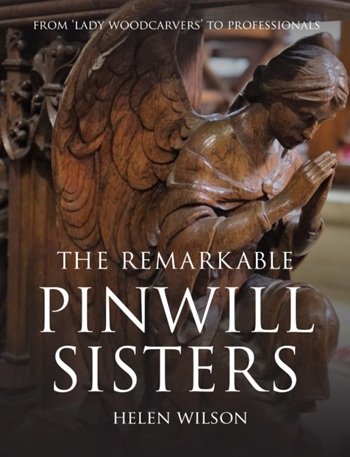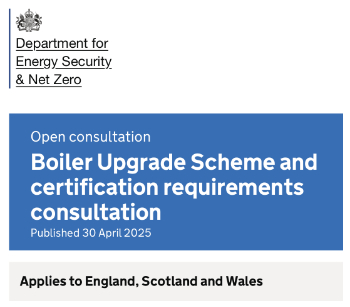Conveyancing
Conveyancing is the process of transferring the ownership of a property from one party to another. It involves a number of administrative procedures required to ensure the transfer is legal. There are no restrictions on who can undertake conveyancing, but it will normally be a solicitor (or conveyancer), and funders (such as mortgage lenders) may require this.
Once a property has been selected and a price agreed, solicitors are likely to be instructed by both the seller and the purchaser. Formal contracts should be prepared setting out the terms of solicitor's appointments, which should include details of the fee payable (for example, whether they include VAT and expenses).
The purchaser's solicitor is then likely to write to the seller's solicitor to inform them that they have been instructed and to request copies of the draft sales contract which should include details such as:
- The sale price.
- The boundaries of the property.
- Fixtures and fittings that are included.
- Legal restrictions or rights, such as restrictive covenants, easements or other encumbrances.
- Planning restrictions.
- Utilities and other services.
- The completion date.
Other information that may be requested can include:
- A copy of the Land Registry entry (or the title deeds).
- Details of any lease, ground rent and service charge.
- Information about recent repairs.
- Information about problems with neighbours.
The purchaser's solicitor will carry out legal searches to identify other things that the purchaser may need to know about the property before proceeding:
- Local authority searches regarding proposed developments and to verify that alterations to the property have appropriate permissions.
- Checking the title register and title plan.
- Assessing flood risk.
- Water authority searches.
- Whether pavements, access roads, drains and so on are maintained by the local authority.
- Other expenses and liabilities linked to the property such as Chancel Repair Liability.
- Location specific searches such as mining searches, radon gas searches, landfill site searches, and so on.
During this period, other activities may be necessary, not normally part of the conveyancing services:
- Carrying out a survey of the property.
- If there is a mortgage lender, they are likely to require a mortgage valuation to assess whether there is sufficient value in the property to secure the loan.
- Arranging property insurance.
- Arranging removals.
Once the contract has been agreed and signed, there is an ‘exchange of contracts’, which is likely to be accompanied by the payment of a deposit. Following exchange, there is an obligation to proceed with the transfer of ownership, and failure to do so may result in the deposit being forfeited, or the seller being sued.
The purchaser's solicitor will then prepare a completion statement setting out how much money must be paid for completion and the seller’s solicitor will prepare a transfer deed to transfer ownership of the property.
Once payment has been made, and the signed transfer deed received, the sale is complete and keys can be handed over.
Stamp Duty Land Tax will then be payable, and the change of ownership can be registered with the Land Registry. Documentation should be provided to the purchaser, including the title deeds.
This process can be further complicated by the existence of a chain, in which the seller of one property is also the purchaser of another, creating a complex series of interrelated contracts, the progress of each of which is dependent on the others.
NB The word 'conveyance' can also refer to: 'A measure of the flow carrying capacity of a watercourse or section of a floodplain.' Ref Culvert, screen and outfall manual, (CIRIA C786) published by CIRIA in 2019,
[edit] Related articles on Designing Buildings
- Bridging loan.
- Chancel repair liability.
- Commonhold.
- Condition survey.
- Conveyancing in Scotland.
- Disbursement.
- Easements
- Encumbrances.
- Estate agent.
- Freehold.
- Gazumping.
- Land.
- Land Registry.
- Leasehold.
- Property chain.
- Restrictive covenant.
- Search fees.
- Stamp duty land tax.
- TA6 Property Information Form.
- What is an estate?
Featured articles and news
An engaging and lively review of his professional life.
Sustainable heating for listed buildings
A problem that needs to be approached intelligently.
50th Golden anniversary ECA Edmundson apprentice award
Deadline for entries has been extended to Friday 27 June, so don't miss out!
CIAT at the London Festival of Architecture
Designing for Everyone: Breaking Barriers in Inclusive Architecture.
Mixed reactions to apprenticeship and skills reform 2025
A 'welcome shift' for some and a 'backwards step' for others.
Licensing construction in the UK
As the latest report and proposal to licence builders reaches Parliament.
Building Safety Alliance golden thread guidance
Extensive excel checklist of information with guidance document freely accessible.
Fair Payment Code and other payment initiatives
For fair and late payments, need to work together to add value.
Pre-planning delivery programmes and delay penalties
Proposed for housebuilders in government reform: Speeding Up Build Out.
High street health: converting a building for healthcare uses
The benefits of health centres acting as new anchor sites in the high street.
The Remarkable Pinwill Sisters: from ‘lady woodcarvers’ to professionals. Book review.
Skills gap and investment returns on apprenticeships
ECA welcomes new reports from JTL Training and The Electrotechnical Skills Partnership.
Committee report criticises UK retrofit schemes
CIOB responds to UK’s Energy Security and Net Zero Committee report.
Design and construction industry podcasts
Professional development, practice, the pandemic, platforms and podcasts. Have we missed anything?
C20 Society; Buildings at Risk List 2025
10 more buildings published with updates on the past decade of buildings featured.
Boiler Upgrade Scheme and certifications consultation
Summary of government consultation, closing 11 June 2025.
Deputy editor of AT, Tim Fraser, discusses the newly formed society with its current chair, Chris Halligan MCIAT.























